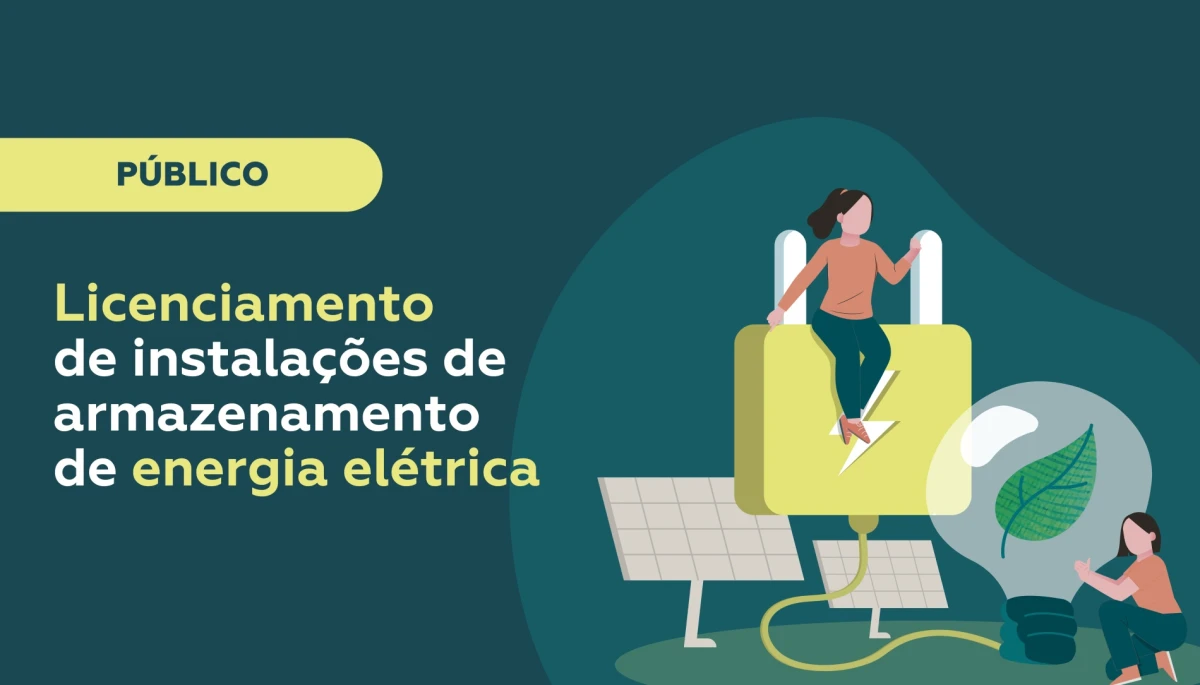The Joint Order no. 2, issued by the Portuguese Environment Agency (APA) and the Directorate-General for Energy and Geology (DGEG), aims to clarify the procedures associated with the licensing of electricity storage facilities, in light of Decree-Law no. 15/2022 and the Legal Framework for Environmental Impact Assessment, approved by Decree-Law no. 151-B/2013 (RJAIA).
This order arises in the context of the growth of renewable energies (solar and wind) and the need to ensure the sustainability, flexibility, and robustness of the electricity system, through the integration of energy storage systems.
The clarification addresses two types of storage:
1. Colocated Storage (i.e., associated with an already existing renewable project):
- When a storage facility is added to an already licensed power generation center, the procedure of Article 11 of Decree-Law no. 15/2022 applies, depending on the capacity, resulting in an endorsement to the pre-existing license.
- No new Environmental Impact Assessment (EIA) or case-by-case analysis is required, provided that:
- The facility is located within the originally licensed project area;
- Full compliance with the previous environmental decision (DIA or DCAPE) is ensured; - A distance of 5 meters between the new storage facility and the boundary of the fenced area is respected, in the case of solar projects.
2. Standalone Storage (independent power generation facility):
- Licensing also depends on Article 11 of DL 15/2022, according to the facility’s capacity.
- Exemption from EIA or case-by-case analysis, provided that the facility:
- Has a capacity below 50 MW/200 MWh in the general case;
- Has a capacity below 20 MW/80 MWh in sensitive areas (thresholds defined in the RJAIA).
- A distance of 5 meters between the facility and the boundary of the fenced area must also be respected.
Entry into force:
The order enters into force on the day following its publication on the APA and DGEG websites (i.e., as of 1 August 2025).
Practical implications
- Acceleration of licensing processes for energy storage projects, especially those colocated with renewables, by eliminating the need for new environmental assessments in many cases;
- Greater predictability and legal certainty for developers and investors in the energy sector, with clear rules on when an EIA is mandatory or not;
- Promotion of energy storage as an essential element for efficiently and stably integrating renewables into the electricity grid;
- Facilitation of the hybridization of existing renewable projects, promoting the modernization of the national energy park;
- Requirement for compatibility with previous environmental decisions, obliging developers to demonstrate compliance with them;
- Strengthening of coordination between APA and DGEG, ensuring a harmonized approach between environment and energy.





